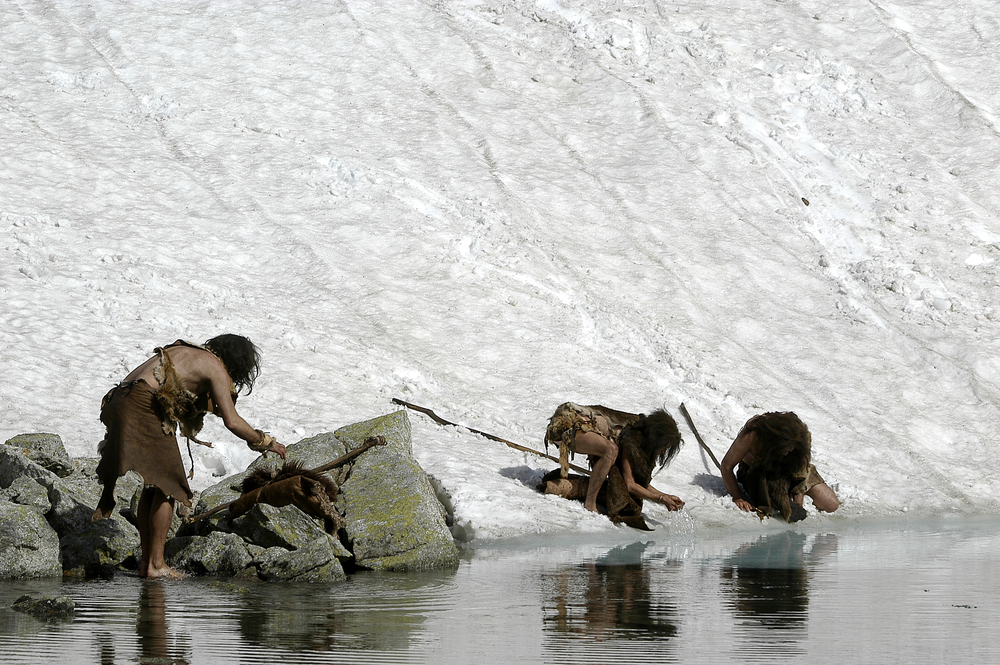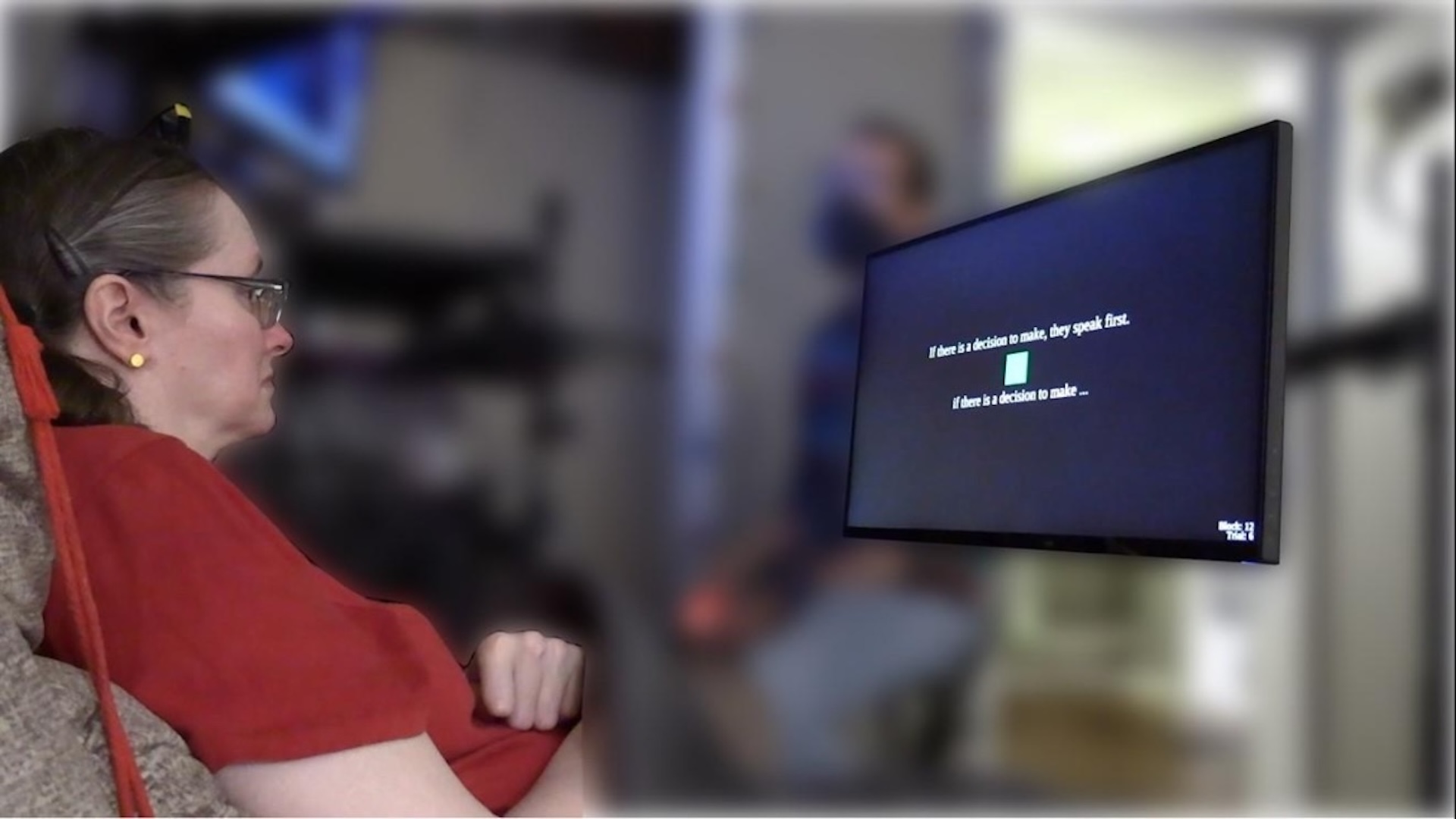Cannibal Calories: Early Humans Likely Didn't Eat Each Other for Nutrition

Prehistoric humans were known to feast on horses and reindeer, but occasionally, these early humans would also chow down on each other. Scientists have uncovered grisly evidence of this ancient cannibalism in butchered bones of children and adults found in caves across Europe. But the gnawing question has always been what motivated the urge to supplement the prehistoric diet with human flesh.
Now, a new study suggests that it is unlikely ancient hominins cannibalized each other as an easy alternative to going out and hunting. The human body simply does not provide enough calories to be a good source of nutrition, the researchers found.
"For an animal of our size and body weight, our calorie values are as expected, but if you compare it to say a horse or a wild cow or a bison, we really don't have much calorific value at all," said study author James Cole, a Paleolithic archaeologist at the University of Brighton in the United Kingdom. [8 Grisly Archaeological Discoveries]
Using published research on the average body weight and composition of a modern male human, Cole calculated the number of calories provided by fat and protein. He then created a detailed template for the calorie values of various body parts, such as the thighs, liver and lungs.
These calorie values may vary for some non-Homo sapiens species, according to Cole. In Neanderthals, for example, the values may be higher because they had greater muscle mass, he said. But the template provides a good proxy for minimum calories of prehistoric hominins, such as Homo erectus, Homo antecessor and even Neanderthals.
Cole compared these calorie estimates to those for animal species that prehistoric hominins are known to have consumed — mammoths, woolly rhinos, bison, horses, birds and various species of deer. He found that human tissue provided significantly fewer calories than most of the larger animals that could have been hunted easily. A horse, for example, would have provided around 200,000 calories from its muscle alone, whereas human tissue would have given only 32,000 calories, according to the study.
The results, published online today (April 6) in the journal Scientific Reports, suggest that hunting and consuming hominins wouldn’t have been a reliable source of food for prehistoric humans, as many archeologists previously thought, Cole said. Rather, it's more likely that cannibalism was socially driven, he added. For example, Neanderthals or other hominins may have cannibalized each other when having to defend their territory, or as a way of resolving competition within a group.
Get the world’s most fascinating discoveries delivered straight to your inbox.
This hypothesis is also supported by the scarcity of fossil records of Paleolithic cannibalism. Bones of adults, children and teenagers carrying teeth marks and other signs of cannibalism have been found deep inside caves in large groups, indicating that the whole group was likely consumed in one go, instead of as part of regular diet, Cole said.
In the future, archaeologists can use the template as a tool for evaluating human fossil sites and interpreting the motivations behind the acts of cannibalism at each site, he said. Scientists can look at the calorie values of various animal remains found next to human bones and analyze whether that particular prehistoric group was struggling for survival and was therefore driven to cannibalism due to a lack of other food options, or if they were cannibalizing as ritual or to defend their territory.
"The stereotype of the Neanderthal is not true," Cole said. Accepting that our Neanderthal cousins ate their own kind doesn't mean that they were brutes. Their motivations could have been just as varied as our motivations for various behaviors are. "We should expect that the reason they engaged in cannibalism could be complex, and different for each episode, rather than trying to limit them to one label."
Original article on Live Science.
